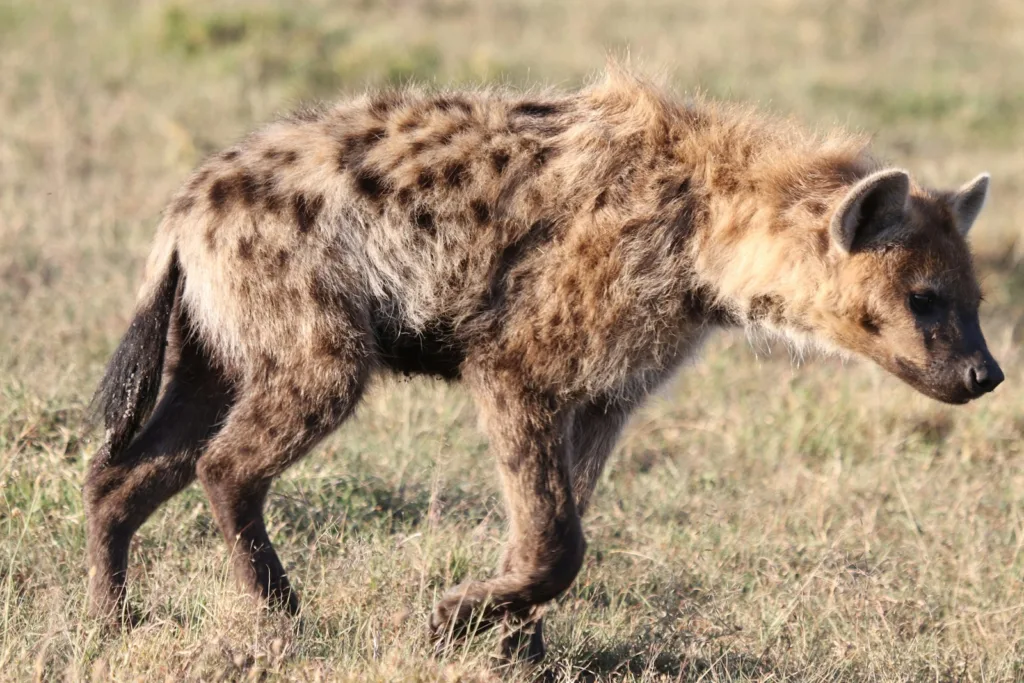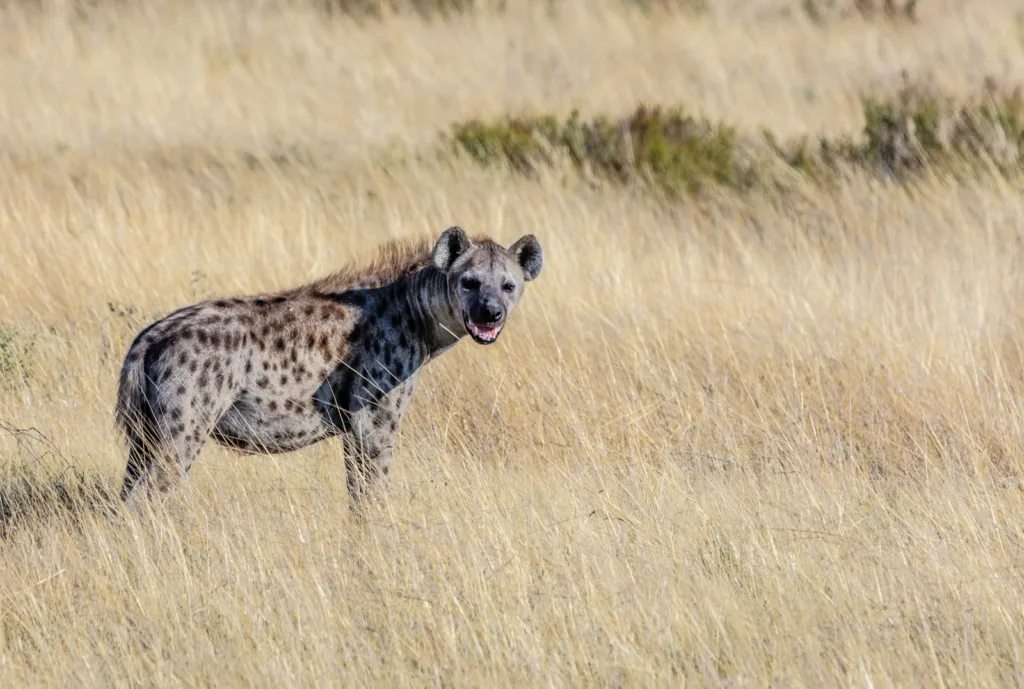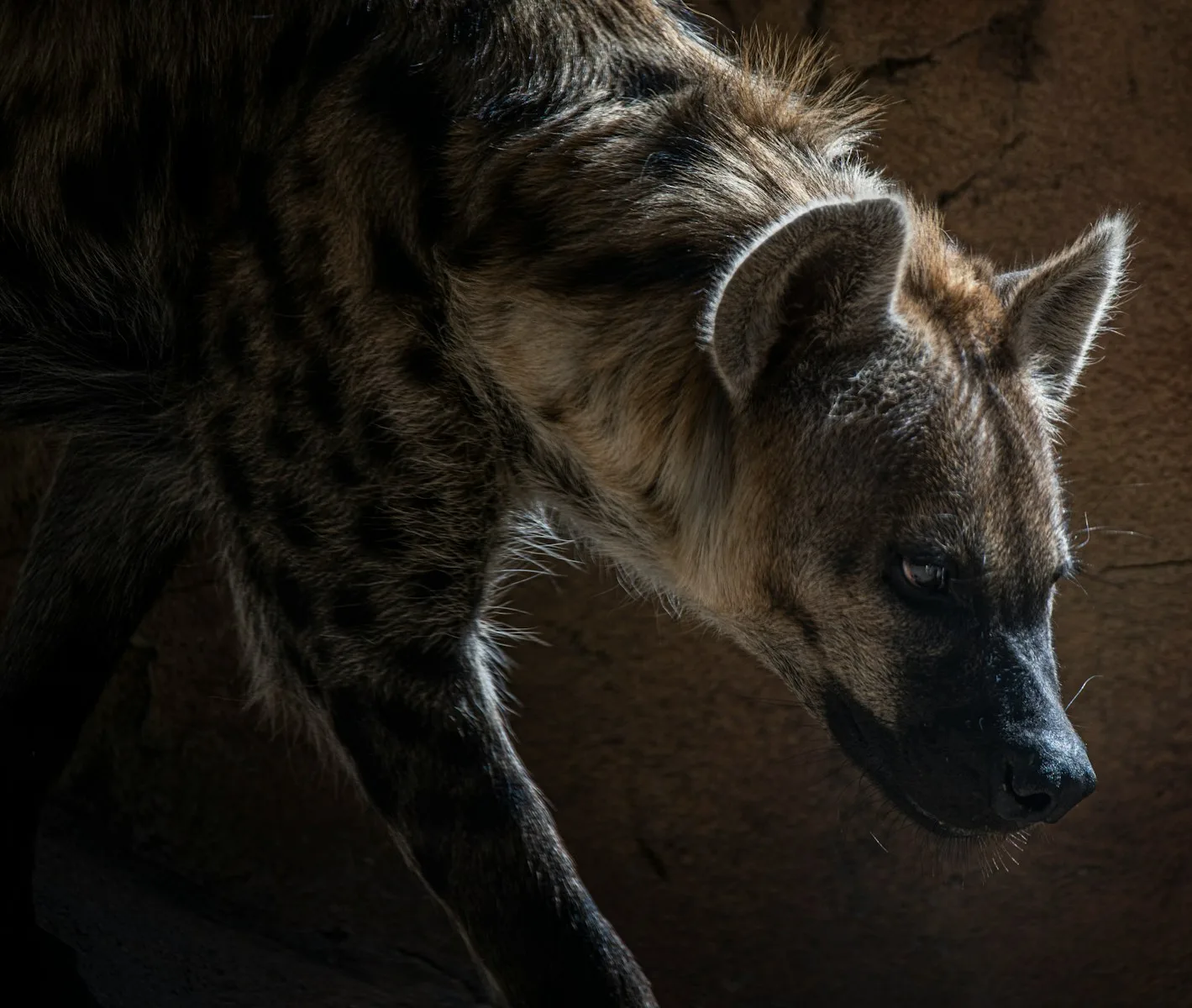Table of Contents
Hominins are needed to defeat a big hyena weighing 240 pounds
How our oldest predecessors and extinct human relatives ate and obtained enough food to support themselves millions of years ago remains one of the greatest unanswered mysteries. Neanderthals were cooking and consuming crab approximately 90,000 years ago, however it is likely that they had to scavenge in order to have a truly substantial meal. Archery is thought to have originated in Europe around 54,000 years ago. Groups of hominins in southern Europe between 1.2 and 0.8 million years ago may have been able to fight with big hyenas for the carcasses of animals left behind by larger predators like saber-toothed cats, according to a modeling research published on September 28 in the journal Scientific Reports.
Previous studies have hypothesized that some of the early hominins communities in southern Europe might have survived on the quantity of carcasses left behind by saber-toothed cats. Although it’s uncertain if hominin access to this food supply would have been restricted due to competition from huge hyenas (Pachycrocuta brevirostris). These prehistoric ancestors of the mongoose went extinct around 500,000 years ago. They weighed about 240 pounds, which is about the size of a lioness.

According to Jesús Rodríguez, a paleontologist and co-author of the study, there is a heated scholarly dispute on the relevance of scavenging as a food procurement method for early humans. He works at the National Research Center on Human Evolution (CENIEH) in Burgos, Spain. The majority of the discussion centers on how to interpret the scant and inconsistent evidence that the archaeological record offers. Our goal was to offer arguments from a new angle to the debate, without discounting the importance of the archaeological data as the best way to resolve the issue.
Rodríguez and coauthor Ana Mateos examined the Iberian Peninsula during the late Pleistocene and early Pleistocene periods for this work. They used computer simulations to mimic the struggle between huge hyenas and hominins in what is now Spain and Portugal for carrion, or the flesh of dead animals. They modeled if hominin populations and hyena populations could have coexisted with adequate carrion left by European jaguars and saber-toothed cats, and how this would have been impacted by the number of hominin scavenger groups.
It was discovered that hominins could have been able to drive off gigantic hyenas when they foraged in groups of five or more. By the end of these simulations, human populations had likewise surpassed those of huge hyenas. But because the hominins foraged in small groups, they could only endure until the simulation’s conclusion in situations where there were plenty of carcasses for them to scavenge from.

Their models suggested that scavenging hominins may have an ideal group size of somewhat more than ten members. Its size was sufficient to scare off jaguars and saber-toothed cats. Nevertheless, larger groupings would have needed more carcasses to maintain their energy expenditure. The scientists warn that because the number of hominins required to drive out saber-toothed cats, jaguars, and hyenas was predetermined and arbitrarily assigned, their simulations were unable to pinpoint this precise amount of “just right” group composition.
“The simulations may not pinpoint the precise value of the optimal, but they demonstrate its existence and reliance on the quantity of hominins required to drive the hyenas away as well as the size of the carcasses,” adds Rodríguez.

Hominins may have relied heavily on scavenged remnants for meat and fat, particularly during the winter when plant resources were limited. In an attempt to refute the notion that scavenging is primitive and that hunting is a more “advanced” and “human” activity, this team is modeling the chances hominins had for scavenging in various ecological conditions.
“Carroñero” is the Spanish word for scavenger. It’s often used as an insult and has a bad meaning. We disagree with that viewpoint,” Rodríguez declares. The ecological literature over the past few decades has demonstrated the critical function that scavengers play in ecosystems. Scavenging is seen as a byproduct of early hominins’ cooperative behavior and behavioral plasticity.
read also: Prison Sentenced for Defacing a Well-Known Work of Art by a Climate Activist
How many hominins does it take to fight off a 240 pound giant hyena? (msn.com)


1 thought on “How many hominins are needed to defeat a big hyena weighing 240 pounds?”